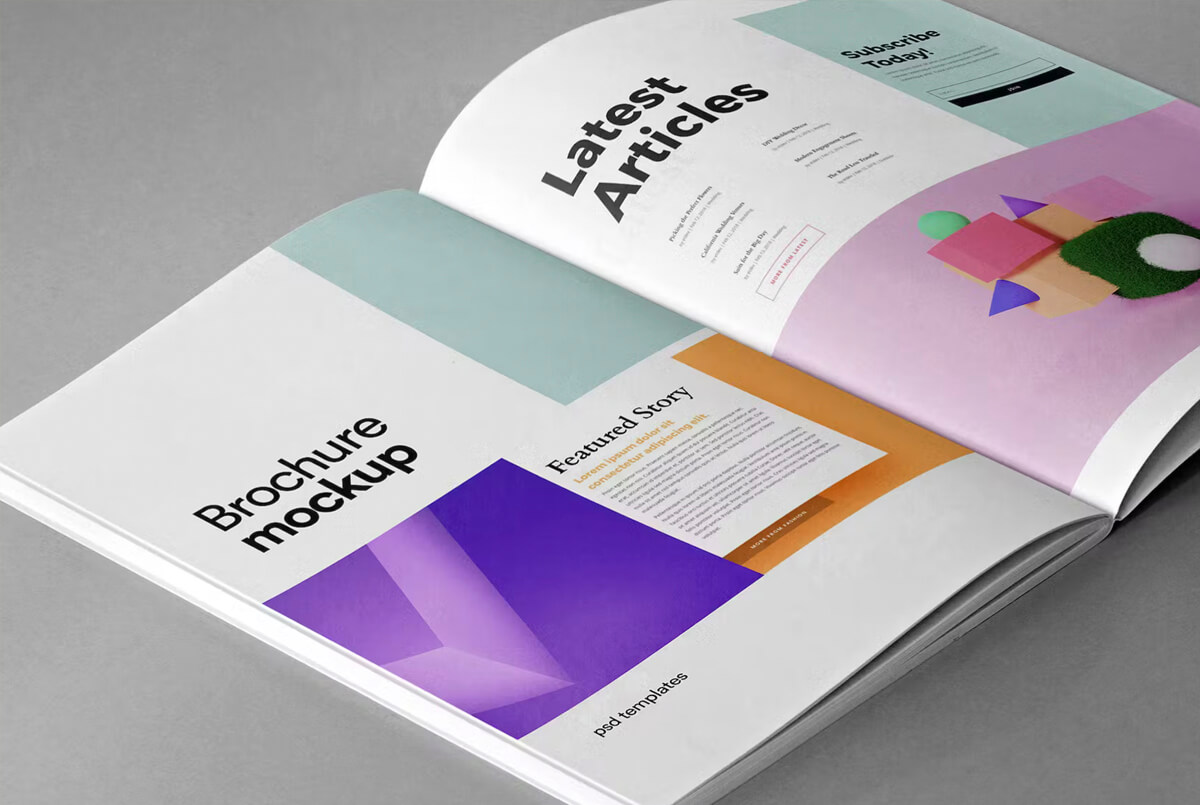
Is your brochure lacklustre and failing to attract customers? Do you want a brochure that captivates your target audience and boosts sales?
In this guide, we will provide you with all the information you need to create the perfect brochure for your Irish business.
The Importance of Brochures in the Success of a Business
Many businesses in Ireland rely heavily on brochures to promote their products or services. A well-designed business brochure can be a powerful marketing tool, providing customers with essential information about your company and what you have to offer.
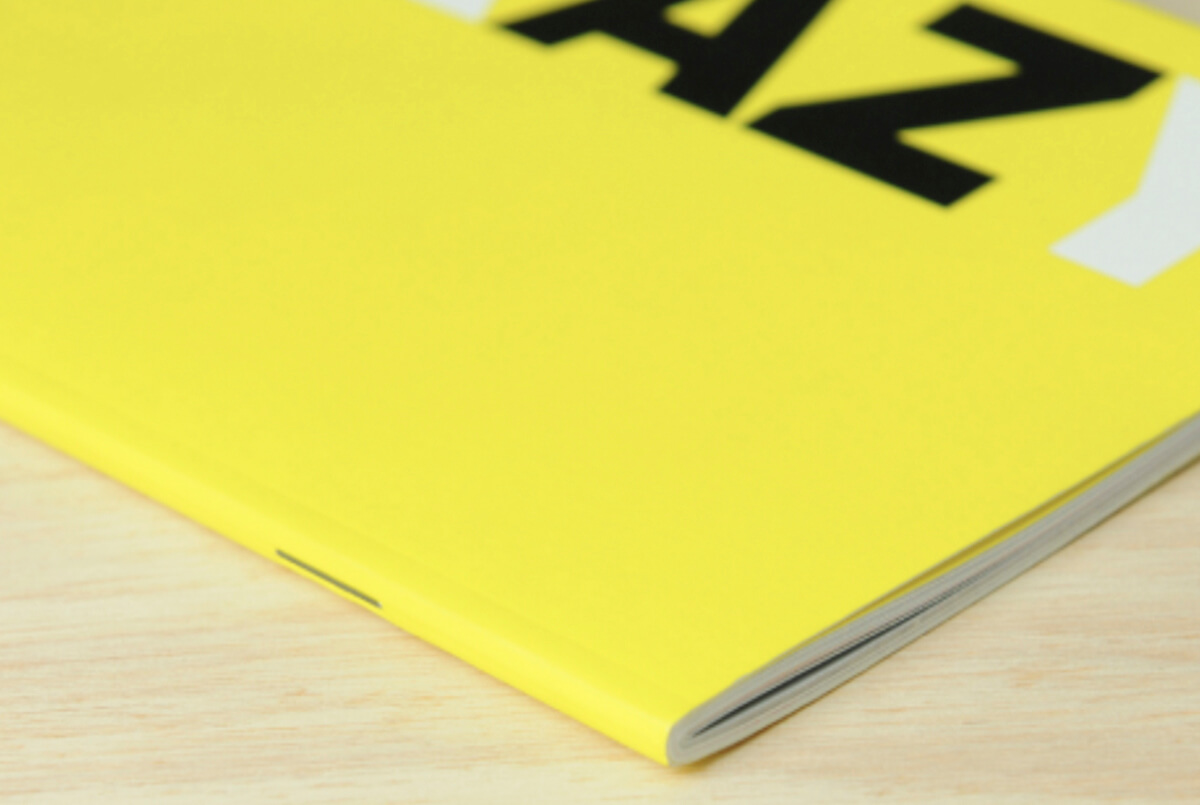
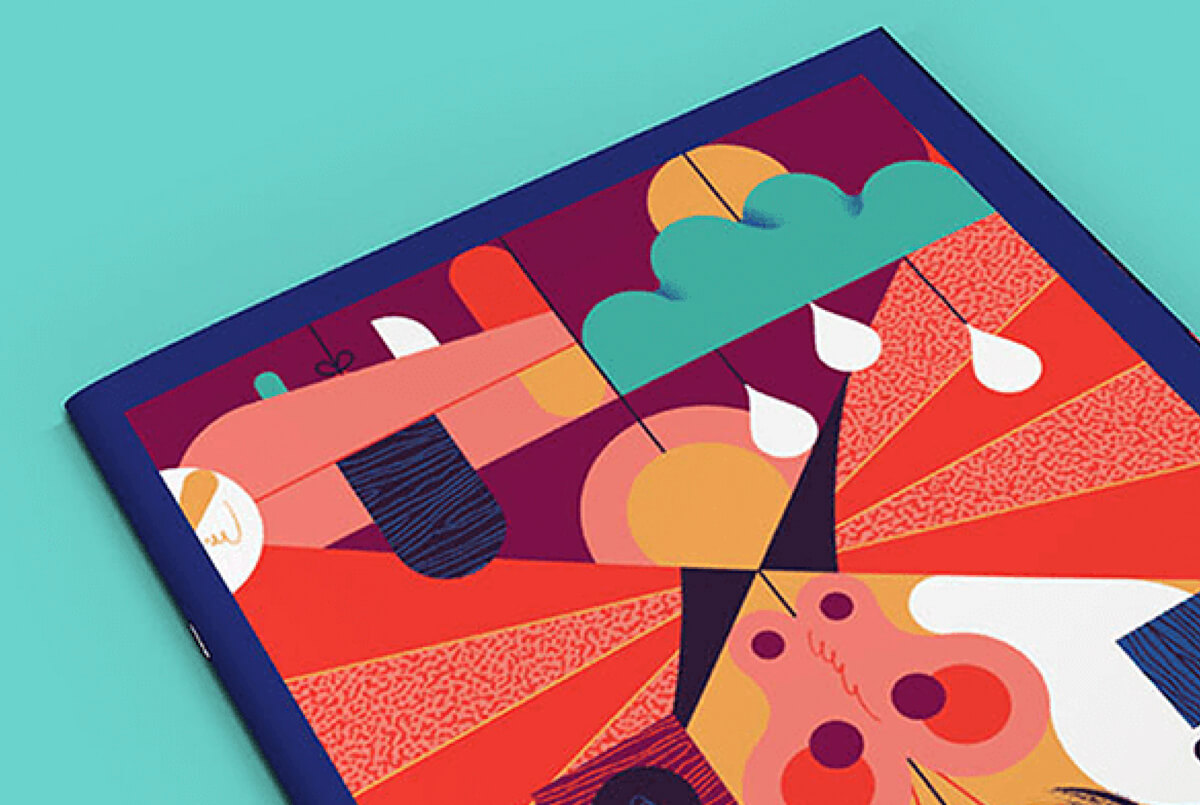
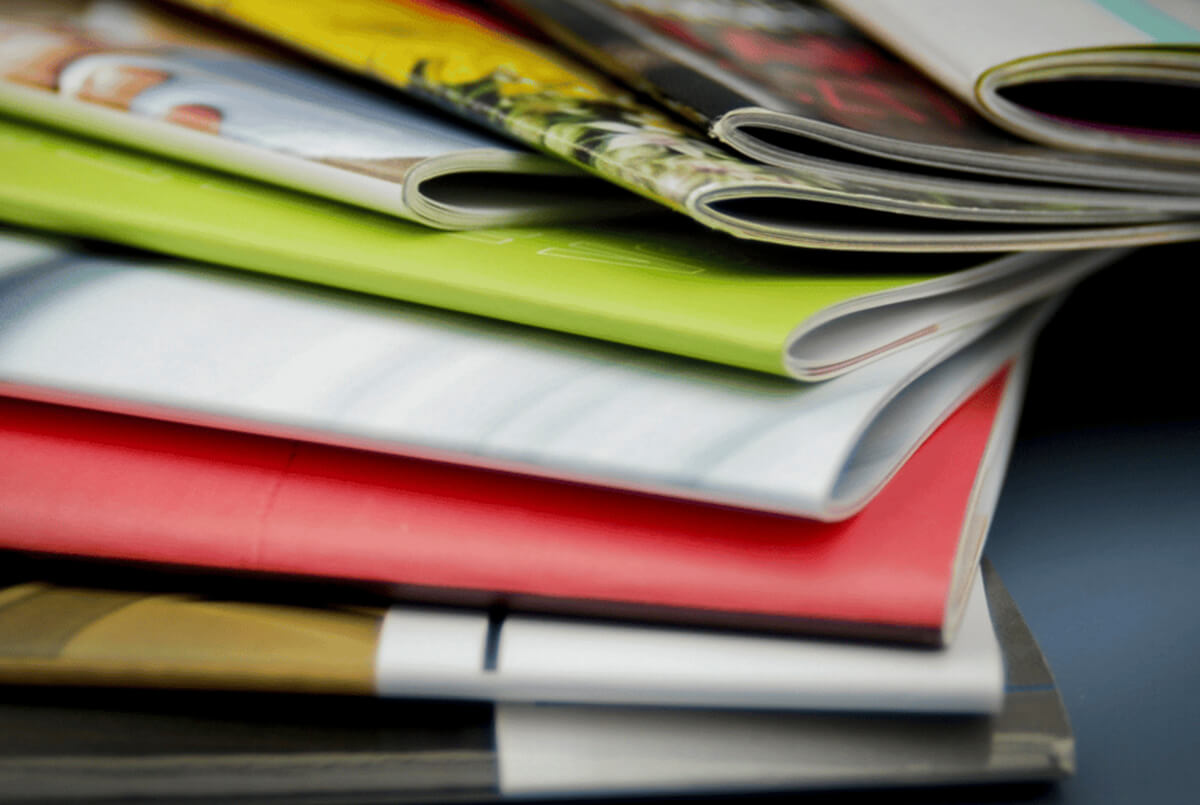
The Benefits of Brochures for Businesses
- Brochures are an effective marketing tool that can help promote your products or services, and they can be used to generate leads and sales. Brochures are also a great way to communicate with your customers and build relationships with them.
- Brochures can be used to create brand awareness for your business. They can also be used to educate your customers about your products or services. Brochures are also a great way to show off your company’s strengths and capabilities.
- Brochures can be customised to target specific markets or customer segments. You can use different colours, fonts, and images to appeal to different audiences. You can also include coupons or special offers in your brochure to encourage people to buy from you.
- Brochures are relatively inexpensive to produce, and they can be distributed in a number of ways, such as through the post, at trade shows, or in stores. They are easy to store and transport, making them an ideal marketing tool for small businesses.
Type of Brochures: Bi-fold Brochures
A bi-fold brochure is a type of brochure that is typically printed on a single sheet of paper and then folded in half. Bi-fold brochures are an efficient way to provide potential customers with a lot of information about your business in a concise, easy-to-read format.
Type of Brochures: Tri-Fold Brochures
A tri-fold brochure is a type of print marketing collateral that consists of three panels that are folded in on themselves. Tri-fold brochures are an effective way to communicate information about your business or product in a concise, easy-to-read format.
Type of Brochures: Gate-Fold Brochures
Gate-fold brochures are a type of bi-fold brochure where the panels are folded in towards the centre, creating a gate-like effect. This type of brochure is typically used for more formal occasions or when more detailed information needs to be conveyed, as they offer a larger canvas to work with compared to standard bi-fold brochures.
Type of Brochures: Z-Fold Brochures
Z-fold brochures, also known as accordion fold brochures, are a type of bi-fold brochure with an additional fold that creates a ‘Z’ shape. This extra panel gives you more space to include information and can be used to create a more impactful design.
When designing a Z-fold brochure, it’s important to keep in mind that the reader will be viewing the panels in a specific order: panel 1, panel 2, panel 3, and so on. This means that your design should flow logically from one panel to the next.
Type of Brochures: Roll-Fold Brochures
Roll-fold brochures are a type of marketing collateral that can be used to promote your business or product. They are typically made from a single sheet of paper that is printed on both sides and then folded into thirds. Roll-fold brochures offer a lot of space for you to include information about your business, as well as photos or other graphics.
Planning your Brochure
When you’re planning and brainstorming your business brochure, there are a few things you’ll need to keep in mind. First, you’ll need to decide what kind of information you want to include. Generally, you’ll want to include an overview of your business, your products or services, and your contact information. You’ll also need to decide on the overall look and feel of the brochure. Do you want it to be formal or informal? What kind of images and colours do you want to use?
Once you have a general idea of what you want to include, it’s time to start planning the layout. How many pages do you want? What will go on each page? Where will the images be placed? What kind of text font and size will you use? Once you have a good idea of the layout, it’s time to start brainstorming some content.
Think about what makes your business unique and why someone would want to use your products or services. Write down a list of key points that you want to make sure are included in the brochure. Then, start filling in the details. Write down descriptions of your products or services, as well as any important company information such as history or awards. If you have any testimonials from satisfied customers, you may wish to include those as well!
Colour Schemes and Typography for your Business Brochure
The first step in designing your brochure is to decide on a colour scheme. You want your colours to be eye-catching and coordinated with your branding. If you don’t have brand colours, now is the time to choose some! Once you have your colour palette, you can start thinking about which colours will work best for the different sections of your brochure.
Next, it’s time to choose a typography. This is the font or fonts that you will use throughout your brochure. Again, you want to make sure that your choice coordinates with your brand and colour scheme. Once you have chosen a few possible fonts, try them out by typing out some sample text in each one. See which one looks best and is easiest to read.
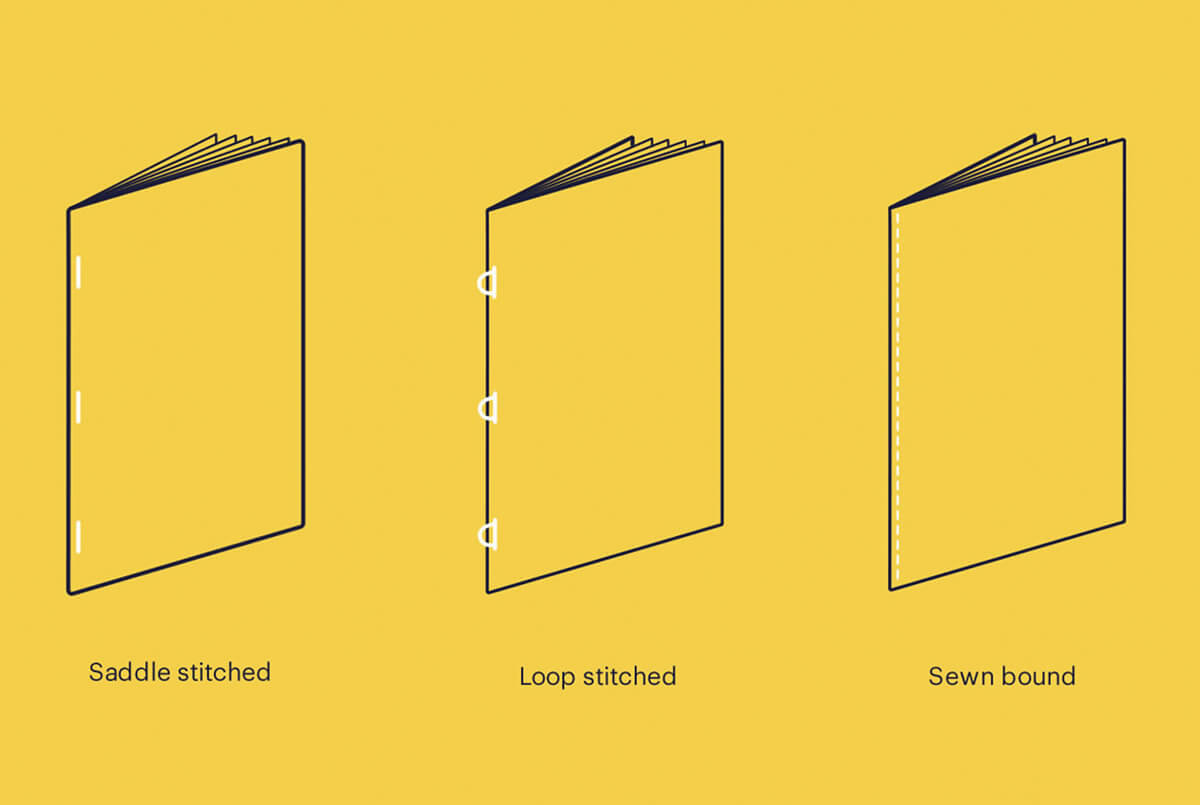
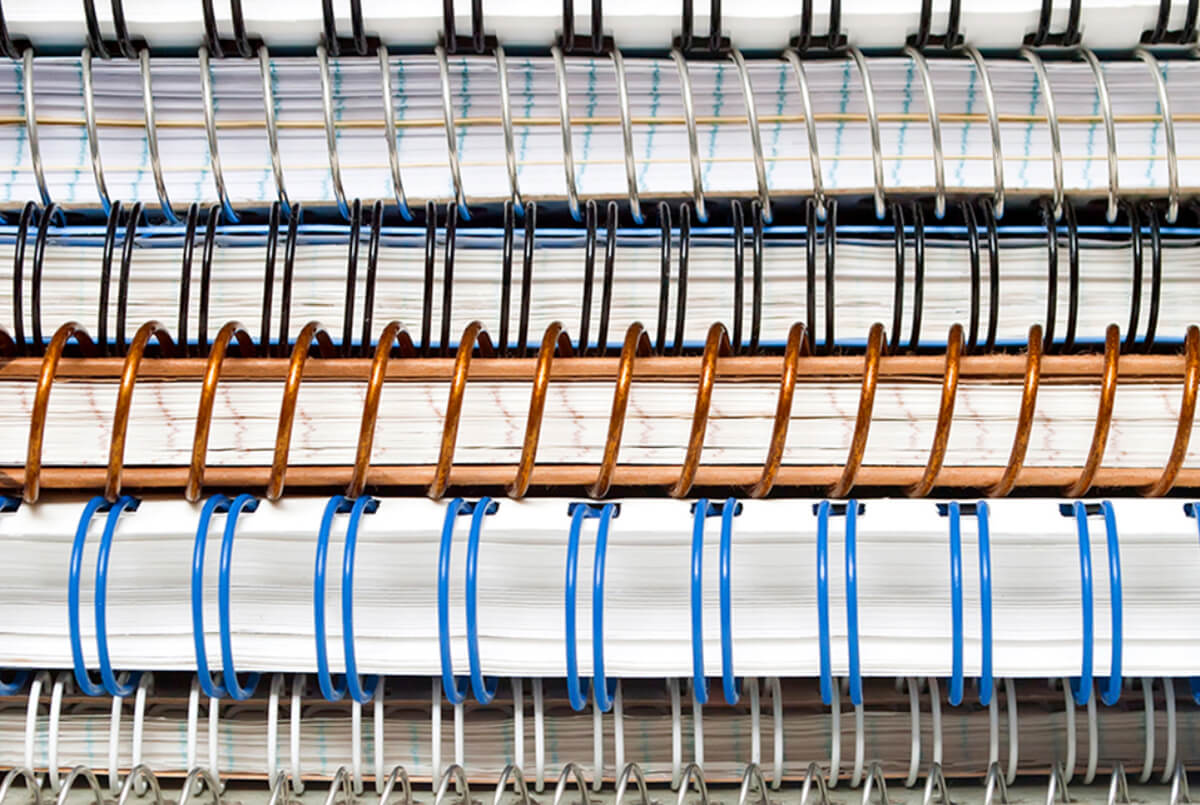
Incorporating Branding and Messaging in your Business Brochure
When designing your brochure, it is important to keep your brand and messaging in mind so that you can create a cohesive and effective design.
- Use Your Brand Colours: Use your company’s colours in your brochure design to create a cohesive look. Your brand colours will help to communicate your brand identity and make your brochure more recognisable.
- Incorporate Your Logo: Be sure to include your company logo on your brochure. This will help reinforce your brand identity and make your brochure more memorable.
- Use Consistent Fonts: Use the same fonts throughout your brochure design so that it has a consistent look and feel. This will help create a professional appearance and ensure that your readers can easily read your brochure.
- Write Compelling Copy: Make sure the copy in your brochure is clear, concise, and persuasive. Highlight the benefits of working with you or using your products/services so that readers understand what they can gain by choosing you.
- Include Strong visuals: In addition to compelling copy, strong visuals are also important in an effective brochure design.
Choosing Images and Graphics for your Business Brochure
When it comes to choosing images and graphics for your business brochure, there are a few things you need to keep in mind. First, you want to make sure the images and graphics you choose are relevant to your business and products/services. Second, you want to choose images and graphics that are high quality and will look good printed on your brochure. And lastly, you want to make sure the images and graphics you choose fit well with the overall design of your brochure.
Proofing and Quality Control for your Business Brochure
Once you have all of your content laid out in your brochure design, it’s time for proofing and quality control. This is the process of making sure that all of the text and images in your brochure are correct and free of any errors.
To start, read through your brochure from beginning to end. Check for any spelling or grammar errors, and make sure that all of your information is accurate. If you have any images in your brochure, make sure that they are high-quality and free of any blemishes or defects.
Next, have someone else read through your brochure. It’s always helpful to have a second set of eyes on a project like this. Ask them to check for any errors that you may have missed, and to give you their overall impression of the brochure.
Once you’ve made all of the necessary corrections, print out a copy of your brochure on standard printer paper. This will give you an idea of how the finished product will look and feel. If everything looks good, then you’re ready to print out your final copies!
Paper Finishes and Coatings for your Business Brochure
When it comes to printed materials, the finish and coating you choose can make a big impact on the overall look and feel of your final product. Coatings are applied to paper after printing to provide a variety of surface effects. They can protect against smudging, fingerprints, and UV light, and can also give your brochure a glossy or matte finish. Some common types of coatings used on business brochures include:
Aqueous Coating: A clear, water-based coating that provides protection against smudging and fingerprints. It dries quickly and is often used in conjunction with UV coating.
UV Coating: A clear, protective coating that is applied using ultraviolet light. It is more durable than aqueous coating and provides a high-gloss or matte finish.
Lamination: A process in which your brochure is sealed between two sheets of plastic film. Lamination can provide additional durability and protection against moisture damage.
Conclusion
Creating the perfect brochure for your business can be a daunting task, but with some careful planning and design tips it doesn’t have to be. Happy designing!
Do you have a question or need advice on any area of branding, design or printing? Call into our shop on Glasnevin Avenue hello@printready.ie or call us on (01) 858 1000 to discuss your ideas.